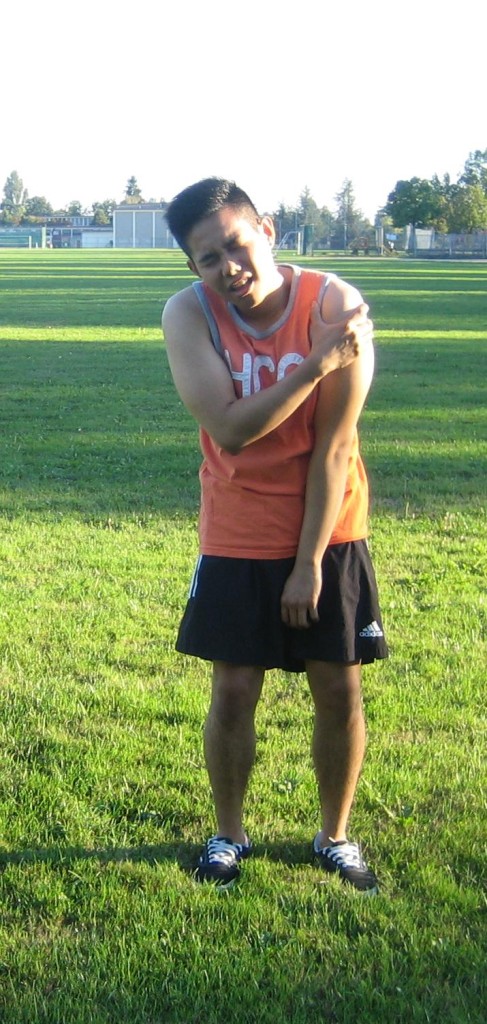The distal bicep tendon is described as a dense band of connective tissue that connects the lower region of the biceps muscle in the upper arm to the bones in the elbow. If the elbow is straightened forcefully against resistance, it can cause the distal bicep tendon to partly tear or fully rupture. Always bear in mind that this type of injury is uncommon but it is vital to seek immediate medical care once this type of injury is suspected since it cannot heal on its own.
Signs of a distal bicep tendon tear
Pain and popping sensation
A distal bicep tendon tear often causes a perceivable pop at the time when the injury tears away from the muscle or bone at the elbow. The rapid, extreme pain characteristically occurs at the area of damage. Primarily, there is sensation of pain throughout the front part of the elbow that can be severe. Right after an injury, the elbow pain can subside progressively once there is no tension on the torn distal bicep tendon.
Appearance

A torn distal bicep tendon releases the base of the biceps muscles away from the elbow joint. Once this occurs, the muscle can retract and develop a large mass in the upper arm. In addition, the absence of the distal bicep tendon after a rupture injury can cause a small-sized gap to form under the skin at the front part of the elbow.
The skin surrounding the front aspect of the elbow appears significantly swollen or enlarged after a rip on the distal bicep tendon. Additionally, the small blood vessels below the skin can end up injured during a tendon rupture injury that can cause discoloration. The bruising can manifest around the elbow joint or even radiate into the forearm. Take note that the affected skin is usually tender or painful to the touch.
Weakness
Once the distal bicep tendon ruptures, the biceps muscle is no longer taut and could not contract normally while engaging in physical activity. Supination or rotating the forearm into a palm-up position is quite weak after the injury.
The individual also finds it hard to bend the elbow. There is also the sensation of weakness that can drastically disrupt with daily activities such as reaching for objects or picking up objects.

